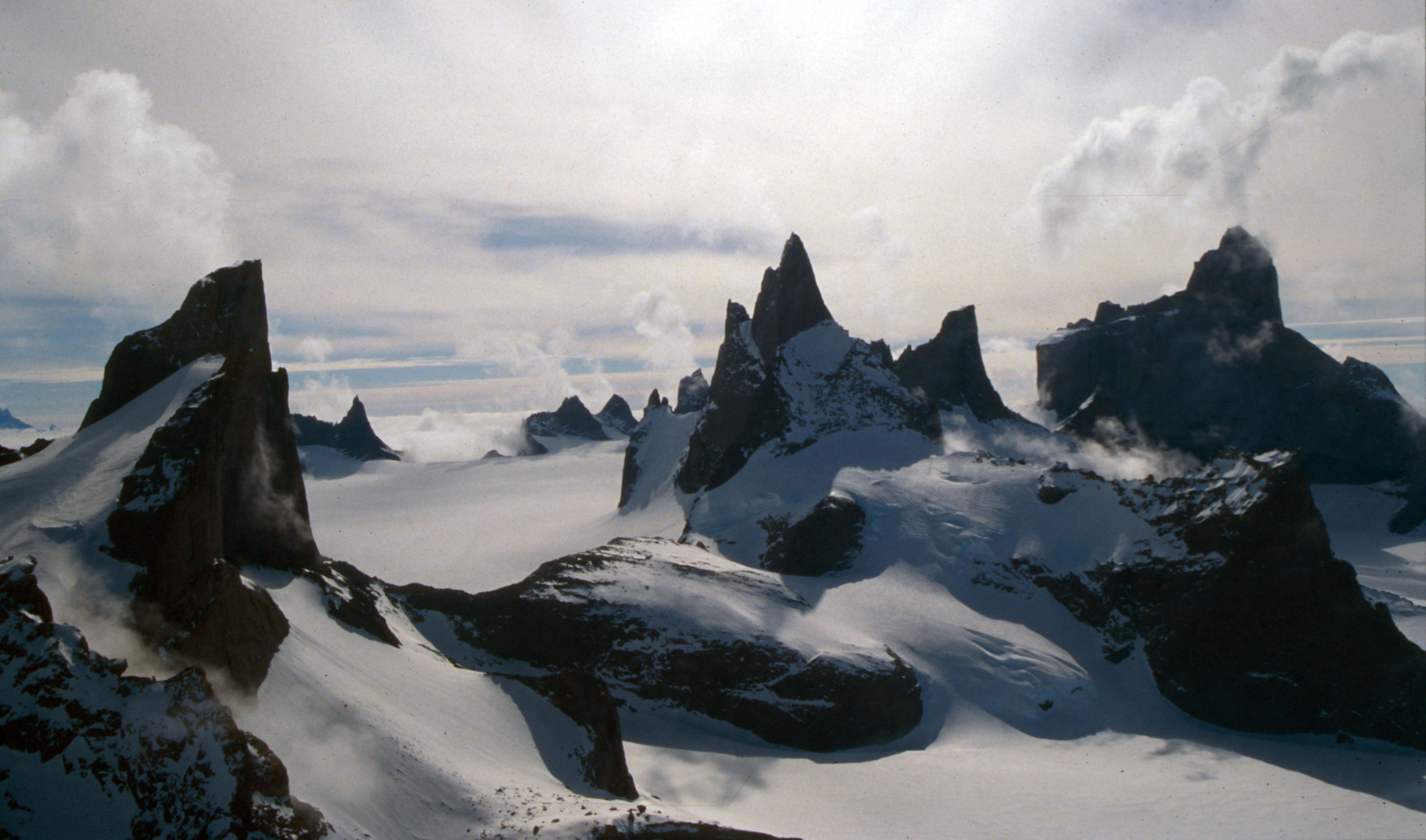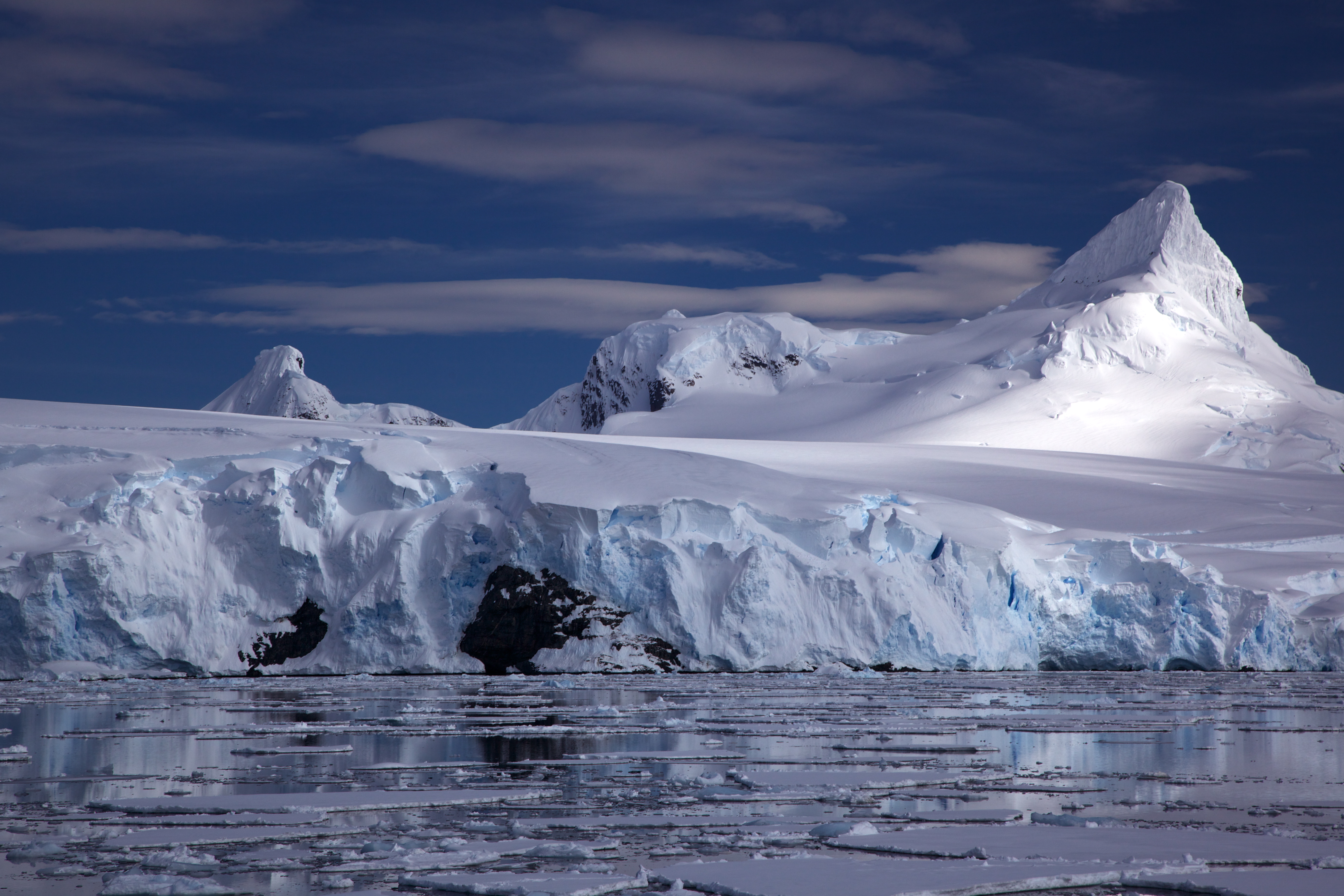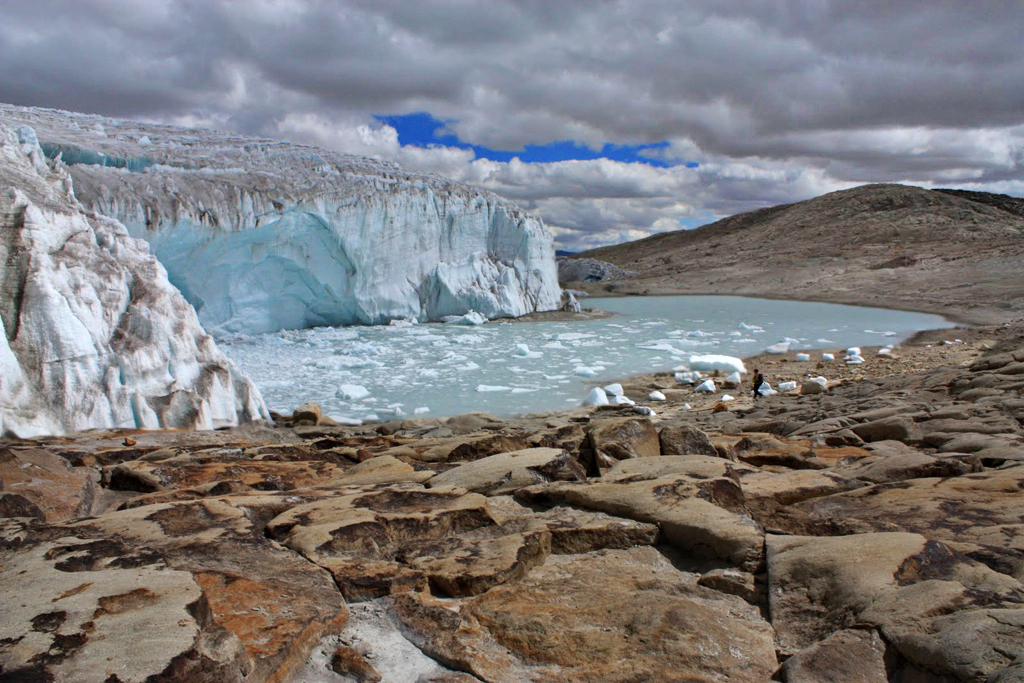|
Akebono Glacier
Akebono Glacier () is a glacier flowing to the coast between Cape Hinode and Akebono Rock in Queen Maud Land. It was mapped from surveys and air photos by the Japanese Antarctic Research Expedition, 1957–1962, who applied the name. See also * List of glaciers in the Antarctic * Glaciology References * Glaciers of Queen Maud Land Prince Olav Coast {{QueenMaudLand-glacier-stub ... [...More Info...] [...Related Items...] OR: [Wikipedia] [Google] [Baidu] |
Antarctica
Antarctica () is Earth's southernmost and least-populated continent. Situated almost entirely south of the Antarctic Circle and surrounded by the Southern Ocean, it contains the geographic South Pole. Antarctica is the fifth-largest continent, being about 40% larger than Europe, and has an area of . Most of Antarctica is covered by the Antarctic ice sheet, with an average thickness of . Antarctica is, on average, the coldest, driest, and windiest of the continents, and it has the highest average elevation. It is mainly a polar desert, with annual precipitation of over along the coast and far less inland. About 70% of the world's freshwater reserves are frozen in Antarctica, which, if melted, would raise global sea levels by almost . Antarctica holds the record for the lowest measured temperature on Earth, . The coastal regions can reach temperatures over in summer. Native species of animals include mites, nematodes, penguins, seals and tardigrades. Where ve ... [...More Info...] [...Related Items...] OR: [Wikipedia] [Google] [Baidu] |
Queen Maud Land
Queen Maud Land ( no, Dronning Maud Land) is a roughly region of Antarctica claimed by Norway as a dependent territory. It borders the claimed British Antarctic Territory 20° west and the Australian Antarctic Territory 45° east. In addition, a small unclaimed area from 1939 was annexed in June 2015. Positioned in East Antarctica, it makes out about one-fifth of the continent, and is named after the Norwegian queen Maud of Wales (1869–1938). In 1930, the Norwegian Hjalmar Riiser-Larsen was the first person known to have set foot in the territory. On 14 January 1939, the territory was claimed by Norway. On 23 June 1961, Queen Maud Land became part of the Antarctic Treaty System, making it a demilitarised zone. It is one of two Antarctic claims made by Norway, the other being Peter I Island. They are administered by the Polar Affairs Department of the Norwegian Ministry of Justice and Public Security in Oslo. Most of the territory is covered by the east Antarctic ic ... [...More Info...] [...Related Items...] OR: [Wikipedia] [Google] [Baidu] |
Glacier
A glacier (; ) is a persistent body of dense ice that is constantly moving under its own weight. A glacier forms where the accumulation of snow exceeds its ablation over many years, often centuries. It acquires distinguishing features, such as crevasses and seracs, as it slowly flows and deforms under stresses induced by its weight. As it moves, it abrades rock and debris from its substrate to create landforms such as cirques, moraines, or fjords. Although a glacier may flow into a body of water, it forms only on land and is distinct from the much thinner sea ice and lake ice that form on the surface of bodies of water. On Earth, 99% of glacial ice is contained within vast ice sheets (also known as "continental glaciers") in the polar regions, but glaciers may be found in mountain ranges on every continent other than the Australian mainland, including Oceania's high-latitude oceanic island countries such as New Zealand. Between latitudes 35°N and 35°S, glaciers occur ... [...More Info...] [...Related Items...] OR: [Wikipedia] [Google] [Baidu] |
Cape Hinode
Cape Hinode () is a rock cape west of Akebono Glacier on the coast of Queen Maud Land, Antarctica. The cape and many of its nearby features were mapped and named from surveys and air photos by the Japanese Antarctic Research Expedition, 1957–62. The name Hinode-misaki means "sunrise cape". Nearby features Kikko Terrace rises on the coast about to the south-southeast. The Bōhyō Heights overlook the coast east-southeast of Cape Hinode. Penguin Heights is a low, rocky elevation about southwest of the cape. Otome Point sits on the coast about to the southwest. Nearby inland features include Maigo Peak, situated east-southeast of Cape Hinode, and Hinode Peak, to the southwest. A pair of large rocks called the Meoto Rocks lie off the coast just west of Cape Hinode. off the coast of Queen Maud Land, Antarctica. "Meotoiwa" means "husband and wife rocks". Niban Rock Niban Rock () is a rock which protrudes into the sea 8 nautical miles (15 km) southwest of Cape Hinode, o ... [...More Info...] [...Related Items...] OR: [Wikipedia] [Google] [Baidu] |
Akebono Rock
Akebono Rock () is a substantial area of exposed rock just east of the mouth of Akebono Glacier on the coast of Queen Maud Land. Mapped from surveys and air photos by the Japanese Antarctic Research Expedition The refers to a series of Japanese Antarctic expeditions for scientific research. The first JARE expedition was launched in 1957 to coordinate with the International Geophysical Year. This was the team which left 15 dogs, including Taro and ..., 1957–1962, who also gave the name. References * Rock formations of Queen Maud Land Prince Olav Coast {{QueenMaudLand-geo-stub ... [...More Info...] [...Related Items...] OR: [Wikipedia] [Google] [Baidu] |
Japanese Antarctic Research Expedition
The refers to a series of Japanese Antarctic expeditions for scientific research. The first JARE expedition was launched in 1957 to coordinate with the International Geophysical Year. This was the team which left 15 dogs, including Taro and Jiro, behind after an emergency evacuation in February 1958. Expeditions to the Antarctic took place from 1968 to 1977, and ice core An ice core is a core sample that is typically removed from an ice sheet or a high mountain glacier. Since the ice forms from the incremental buildup of annual layers of snow, lower layers are older than upper ones, and an ice core contains ic ...s were drilled on these expeditions, mostly at Mizuho. A later instance was an ecological expedition studying the ecosystems near Showa Station in Antarctica. The project was first undertaken in February 1986. It was associated with the international BIOTAS program, which also launched in 1986. Taxonomical studies of some organisms (particularly plants and ... [...More Info...] [...Related Items...] OR: [Wikipedia] [Google] [Baidu] |
List Of Glaciers In The Antarctic
There are many glaciers in the Antarctic. This set of lists does not include ice sheets, ice caps or ice fields, such as the Antarctic ice sheet, but includes glacial features that are defined by their flow, rather than general bodies of ice. The lists include outlet glaciers, valley glaciers, cirque glaciers, tidewater glaciers and ice streams. Ice streams are a type of glacier and many of them have "glacier" in their name, e.g. Pine Island Glacier. Ice shelves are listed separately in the List of Antarctic ice shelves. For the purposes of these lists, the Antarctic is defined as any latitude further south than 60° (the continental limit according to the Antarctic Treaty System). List by letters * List of glaciers in the Antarctic: A–H * List of glaciers in the Antarctic: I–Z See also * List of Antarctic and subantarctic islands * List of Antarctic ice rises * List of Antarctic ice shelves This is a list of Antarctic ice shelves. Ice shelves ar ... [...More Info...] [...Related Items...] OR: [Wikipedia] [Google] [Baidu] |
Glaciology
Glaciology (; ) is the scientific study of glaciers, or more generally ice and natural phenomena that involve ice. Glaciology is an interdisciplinary Earth science that integrates geophysics, geology, physical geography, geomorphology, climatology, meteorology, hydrology, biology, and ecology. The impact of glaciers on people includes the fields of human geography and anthropology. The discoveries of water ice on the Moon, Mars, Europa and Pluto add an extraterrestrial component to the field, which is referred to as "astroglaciology". Overview A glacier is an extended mass of ice formed from snow falling and accumulating over a long period of time; glaciers move very slowly, either descending from high mountains, as in valley glaciers, or moving outward from centers of accumulation, as in continental glaciers. Areas of study within glaciology include glacial history and the reconstruction of past glaciation. A glaciologist is a person who studies glaciers. A glaci ... [...More Info...] [...Related Items...] OR: [Wikipedia] [Google] [Baidu] |
Glaciers Of Queen Maud Land
A glacier (; ) is a persistent body of dense ice that is constantly moving under its own weight. A glacier forms where the accumulation of snow exceeds its ablation over many years, often centuries. It acquires distinguishing features, such as crevasses and seracs, as it slowly flows and deforms under stresses induced by its weight. As it moves, it abrades rock and debris from its substrate to create landforms such as cirques, moraines, or fjords. Although a glacier may flow into a body of water, it forms only on land and is distinct from the much thinner sea ice and lake ice that form on the surface of bodies of water. On Earth, 99% of glacial ice is contained within vast ice sheets (also known as "continental glaciers") in the polar regions, but glaciers may be found in mountain ranges on every continent other than the Australian mainland, including Oceania's high-latitude oceanic island countries such as New Zealand. Between latitudes 35°N and 35°S, glaciers occur only in ... [...More Info...] [...Related Items...] OR: [Wikipedia] [Google] [Baidu] |





